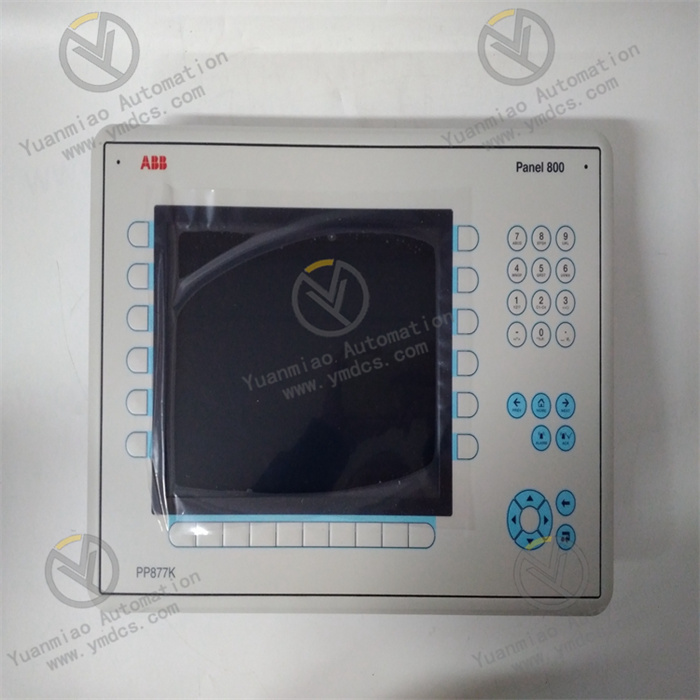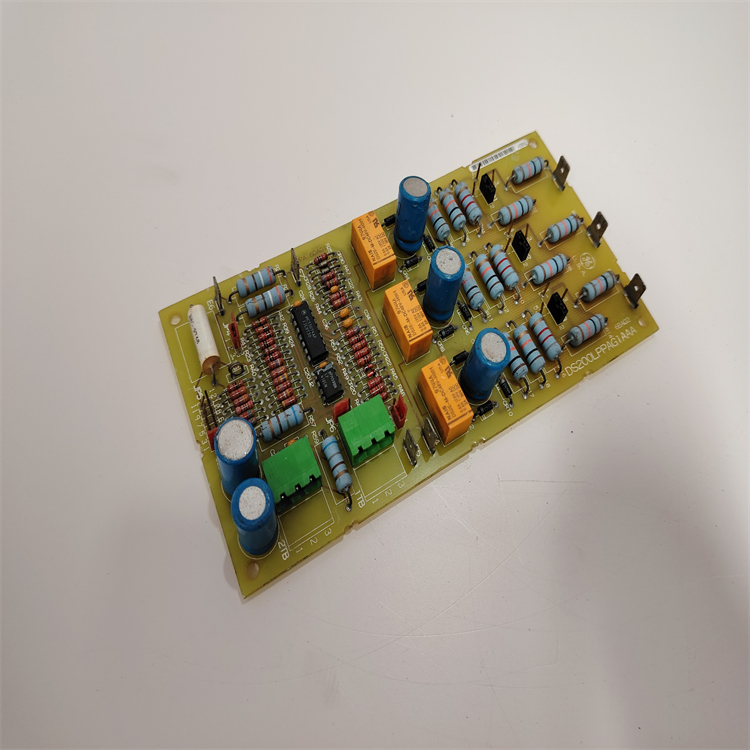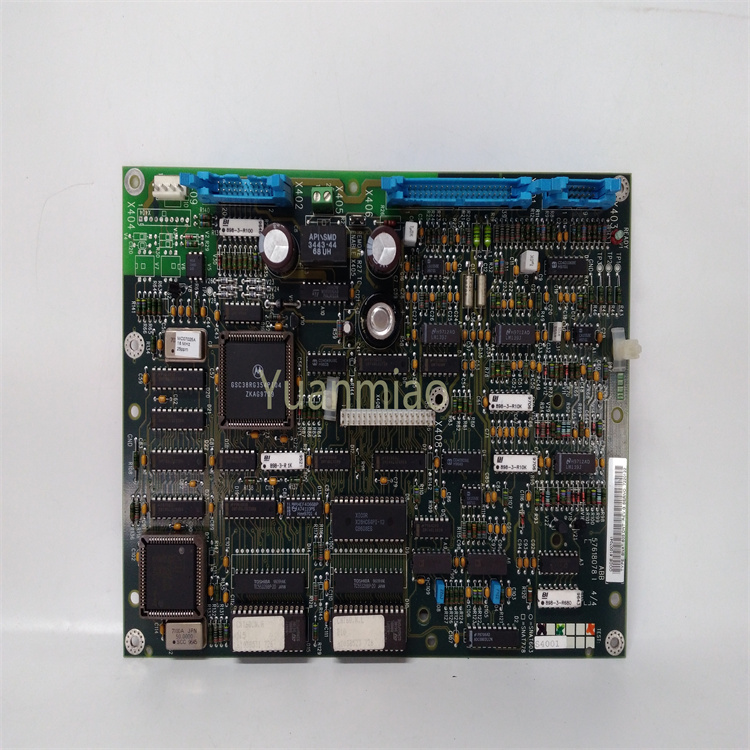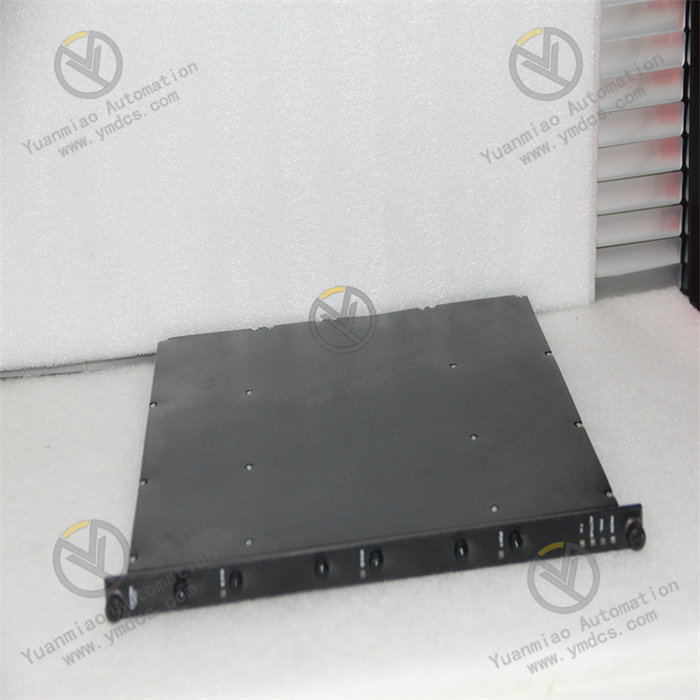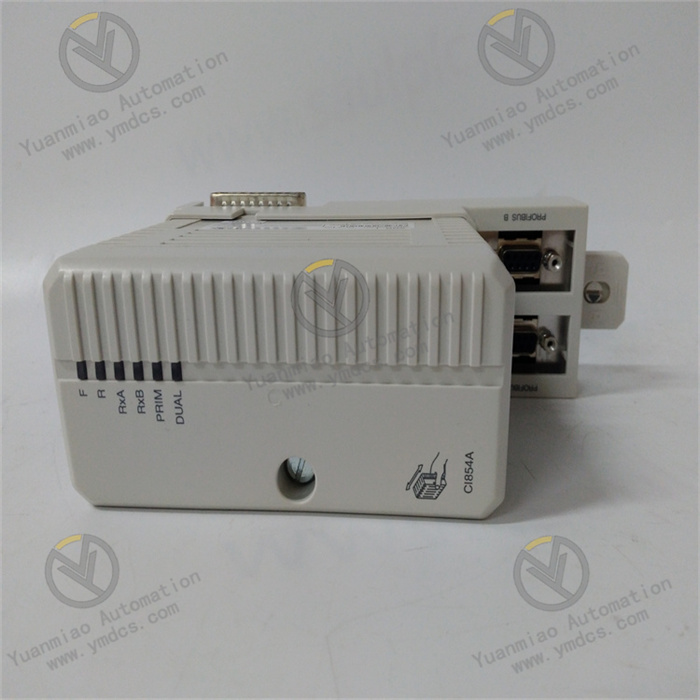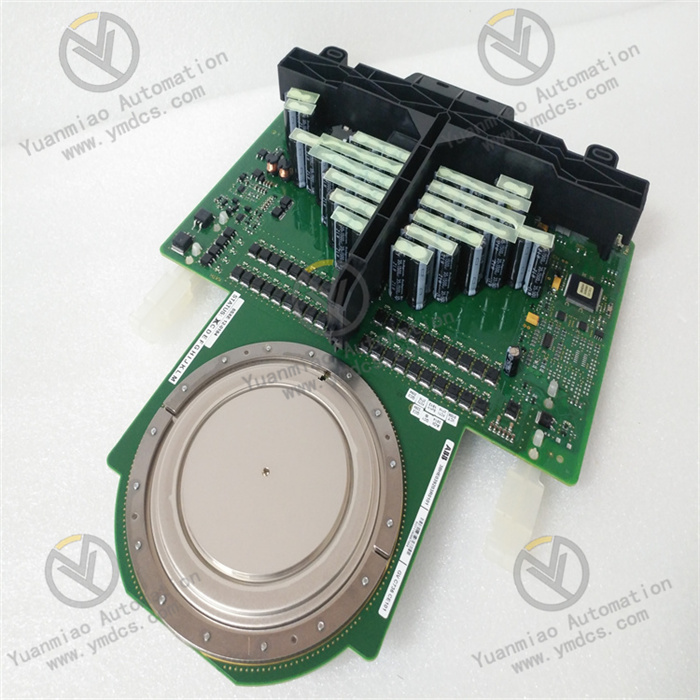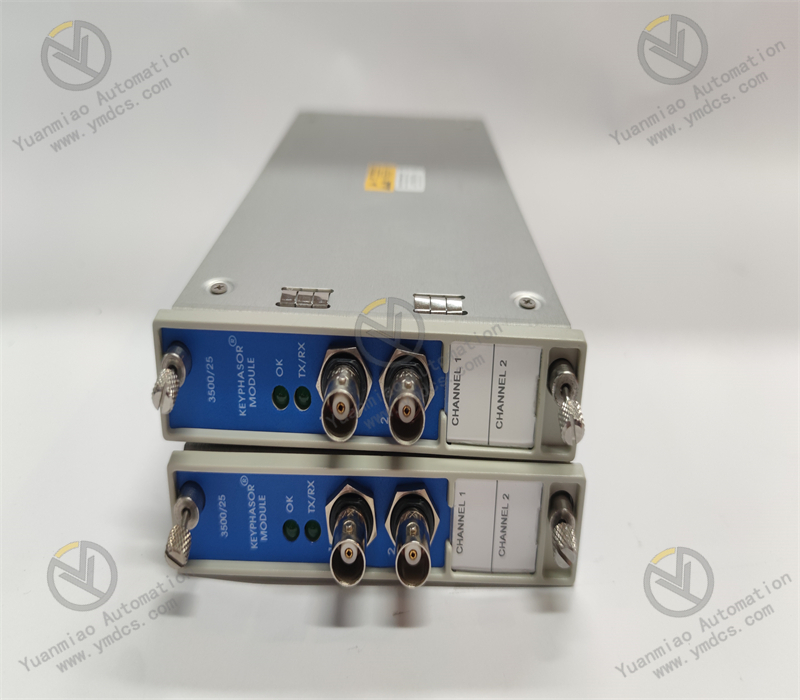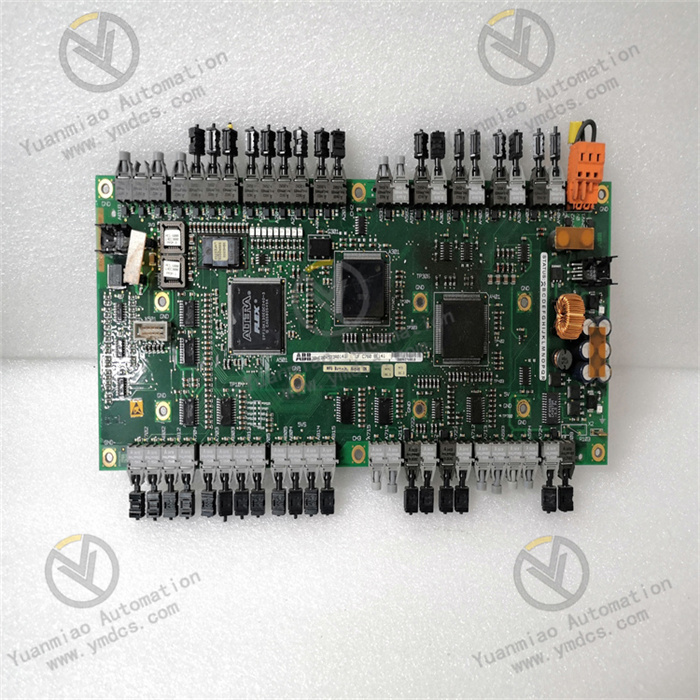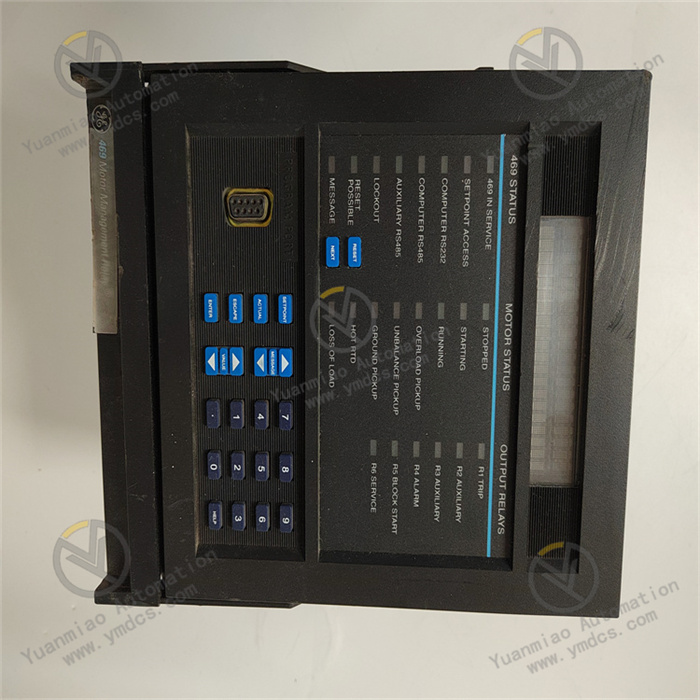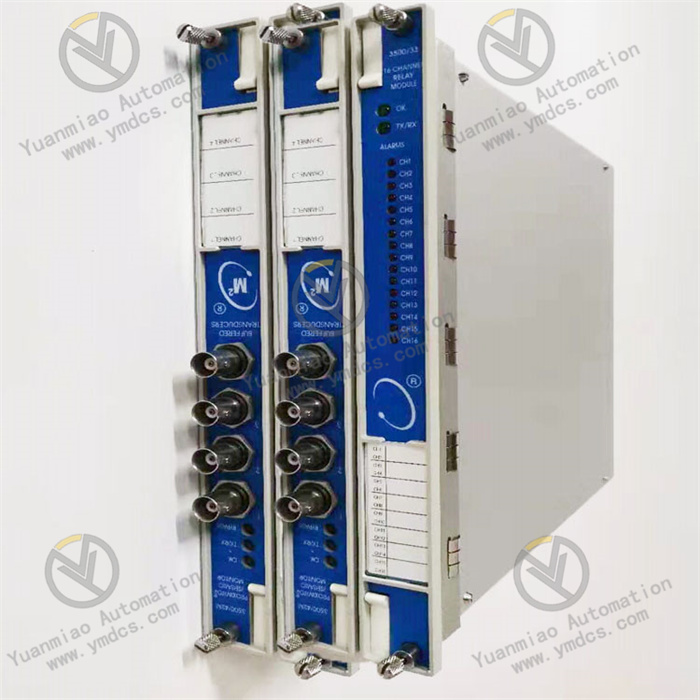Description
AMAT 0010-23716
Functional Features:
- High-Precision Sensing: Utilizes advanced infrared or spectroscopic technology to capture minute temperature changes, providing high-precision temperature measurements in high-temperature environments. The measurement accuracy can reach ±1% (typical value, dependent on calibration), meeting the high-precision temperature control requirements of semiconductor manufacturing.
- Rapid Response: Features fast response speed to monitor temperature changes in real time and promptly feedback data to the control system, facilitating timely adjustment of process parameters and ensuring process stability.
- Multi-Zone Monitoring: Enables multi-zone temperature distribution monitoring with real-time feedback of process parameters, allowing comprehensive insight and control of temperature conditions throughout the process to enhance process stability and product yield.
- Strong Environmental Resistance: Constructed from high-temperature-resistant ceramics or metal alloys, it adapts to harsh process environments such as high temperatures, vacuum, or corrosive gases, ensuring long-term reliability. It operates stably in high-temperature processes supported by PMAX equipment (e.g., 500°C–1200°C).
- Data Interaction and Feedback: Supports high-speed data transmission and control signal interaction with the PMAX system to achieve closed-loop control and optimize process parameters. It also assists in diagnosing equipment anomalies and reducing process deviation risks.
- Calibration Function: Supports in-situ or offline calibration to ensure long-term measurement accuracy and maintain the equipment’s high-precision measurement performance.
- Modular Design: Compact and modular, it adapts to the space constraints of wafer processing chambers, enables quick replacement and maintenance, and reduces equipment downtime.
- High Compatibility: Deeply integrated with AMAT PMAX emitters and heat treatment systems, it is a key component of the AMAT PMAX heat treatment product line, working in conjunction with PMAX emitters, process chambers, etc. It is also compatible with multiple wafer sizes, typically supporting 200mm and 300mm wafers to meet different production needs.
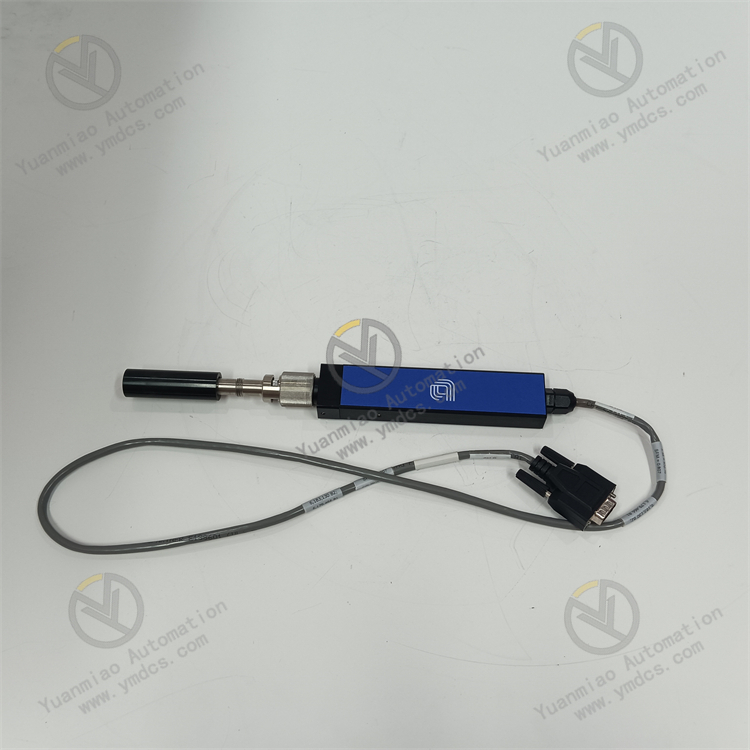
Technical Parameters:
- Temperature Range: Covers high-temperature processes supported by PMAX equipment, typically 500°C–1200°C (specific details refer to equipment specifications).
- Accuracy: ±1% (typical value, dependent on calibration).
- Material: High-temperature-resistant ceramics or metal alloys.
- Interface: Supports high-speed data transmission and control signal interaction with the PMAX system.
- Measurement Method: Non-contact temperature measurement based on infrared radiation or spectral analysis.
- Calibration: Supports in-situ or offline calibration to ensure long-term measurement accuracy.
Application Area:
Primarily used in semiconductor manufacturing, particularly in PMAX series heat treatment equipment, for real-time monitoring and control of temperature distribution and thermal radiation in high-temperature processes. It plays a role in heat treatment processes such as semiconductor wafer annealing and oxidation to ensure process stability and product quality.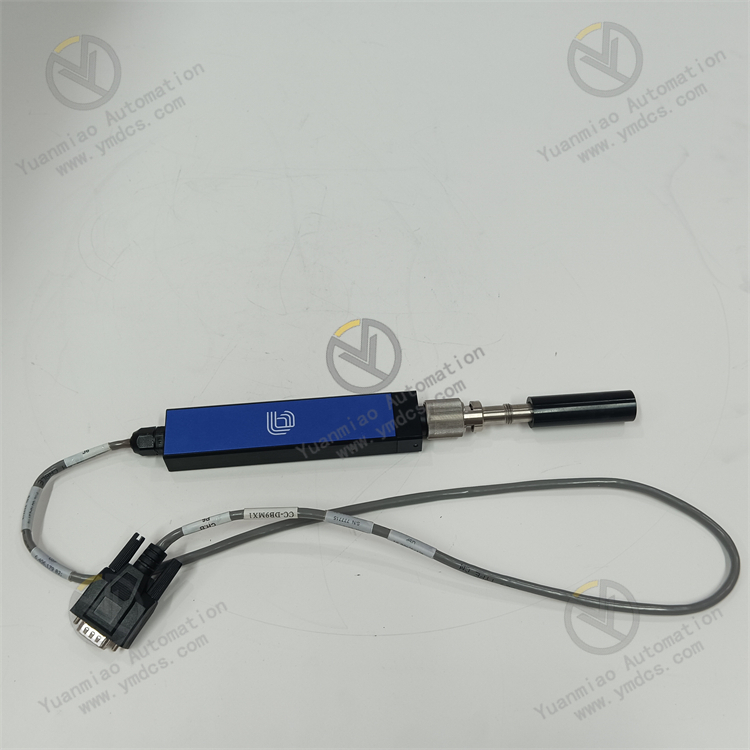
General Operation Guide for AMAT 0010-23716:
Installation and Connection- Confirm that the device model matches the PMAX system. According to the device manual, accurately install the emitter probe assembly in the designated position of the wafer processing chamber, ensuring firm installation to avoid displacement during high-temperature processes.
- Connect the assembly to the PMAX system’s control unit using appropriate cables as per the interface instructions, ensuring correct and secure connections for high-speed data transmission and control signal interaction.
Calibration
- Regularly calibrate the assembly based on usage frequency and process requirements. Calibration methods include in-situ and offline calibration; refer to the device manual to select the appropriate method.
- During calibration, use standard temperature sources or reference samples and follow the calibration procedure to ensure measurement accuracy.
Parameter Setting
- Set measurement parameters (e.g., measurement range [typically 500°C–1200°C], measurement accuracy requirements, data acquisition frequency) through the PMAX system’s operation interface.
- Configure multi-zone monitoring parameters according to specific process needs, determining the areas to be monitored and feedback control strategies.
Operation and Monitoring
- During semiconductor manufacturing processes, closely monitor real-time data feedback from the emitter probe assembly, including temperature distribution and thermal radiation changes in each monitored area.
- Observe temperature curves and related indicators on the PMAX system’s operation interface to determine if the process is stable, and make timely adjustments in case of anomalies.
Maintenance and Care
- Regularly inspect the assembly’s appearance for damage, wear, or corrosion. Clean dust and debris from the assembly surface, especially the optical window, to ensure measurement accuracy.
- Replace vulnerable components (e.g., detectors, optical lenses) regularly as recommended in the equipment maintenance manual to maintain the assembly’s performance.
- When the device is not in use for an extended period, store it according to specified procedures to avoid moisture, heat, or mechanical shock.
Troubleshooting
- In case of fault alarms or abnormal data during operation, first refer to the device’s fault code manual to determine the fault type and possible causes.
- For common faults (e.g., loose connections, sensor failures), troubleshoot and repair according to the manual’s guidelines.
- For complex or unresolved faults, contact AMAT technical support immediately, providing detailed fault information and equipment operation records for professional repair and debugging.


